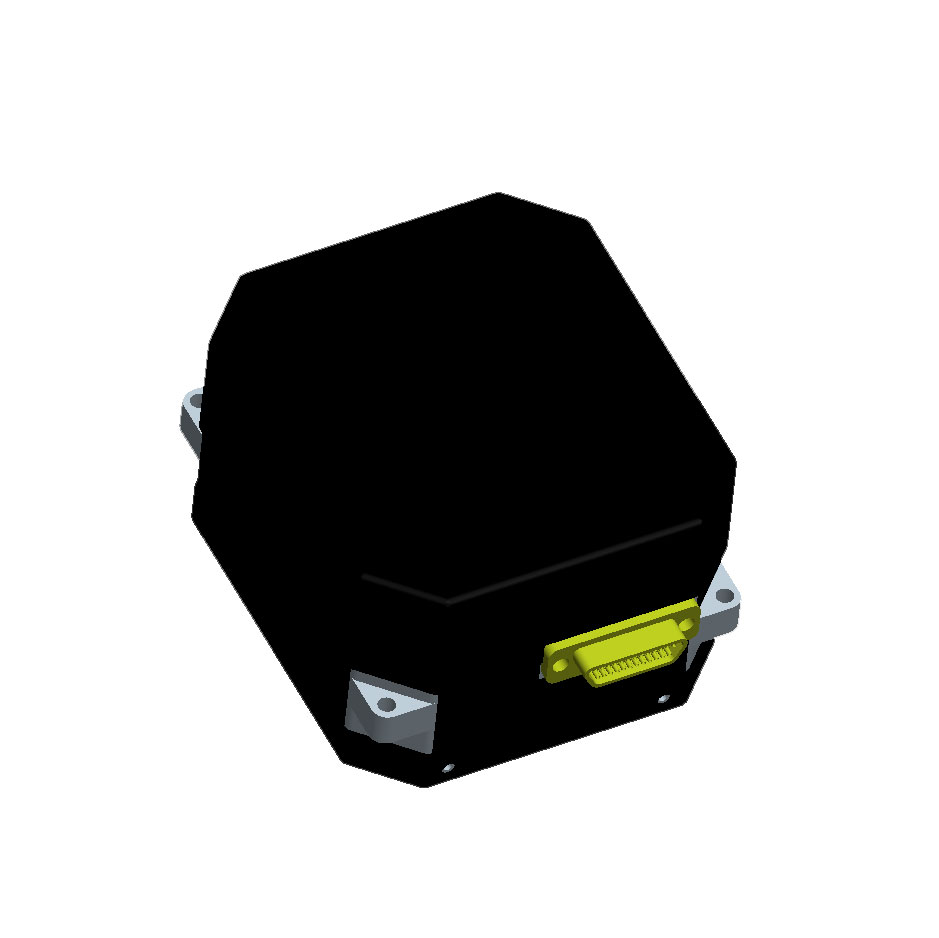What Exactly Are Optic Gyroscopes?
2025-11-05
In today's fast-paced world, precise navigation and motion sensing are critical across numerous industries. At the heart of many advanced systems lies a remarkable technology: the Optic Gyroscope. I have been fascinated by the capabilities of Optic Gyroscopes and how they transform the way we measure rotation and orientation. In my work, I've seen firsthand their growing importance. Essentially, an Optic Gyroscope is a device that uses the principles of light interference (the Sagnac effect) to detect rotational movements without any moving mechanical parts. This foundational principle is what makes them so reliable and robust.
What Does an Optic Gyroscope Do?
The primary role of an Optic Gyroscope is to provide highly accurate data on rotational rate and orientation. It achieves this by comparing two light beams traveling in opposite directions within a coil of optical fiber. When the system rotates, this creates a measurable phase difference between the two beams. This allows the Optic Gyroscope to determine the precise angle and speed of rotation.
FAQ 1: Why is an Optic Gyroscope better than a mechanical gyroscope?
Answer: Unlike traditional mechanical gyroscopes with spinning masses, an Optic Gyroscope has no moving parts. This makes it far more durable, reliable, and less prone to wear and tear, ensuring a longer lifespan and consistent performance under demanding conditions.
Remarkable Use Cases and Performance
The application of Optic Gyroscopes delivers exceptional results. Their high precision, stability, and instant response time are game-changers. Let me illustrate their effectiveness with some real-world outcomes:
-
In Aerospace: They provide critical inertial guidance for aircraft and satellites, enabling autopilot systems and stable flight paths.
-
In Autonomous Vehicles: They are the silent navigator, allowing self-driving cars to accurately track their position even when GPS signals are lost.
-
In Industrial Robotics: They ensure the precise movement and alignment of robotic arms, boosting manufacturing efficiency and quality.
Here is a brief performance comparison to highlight their superiority in key areas:
| Feature | Traditional Mechanical Gyro | Our Optic Gyroscope Solution |
|---|---|---|
| Moving Parts | Yes | No |
| Start-up Time | Slow | Instantaneous |
| Shock Resistance | Low | Very High |
| Long-term Accuracy | Drifts over time | Exceptional Stability |
Why Optic Gyroscopes are Indispensable
The importance of the Optic Gyroscope cannot be overstated. In our interconnected world, they are the backbone of modern navigation and stabilization systems. For industries where a tiny error can lead to significant consequences, the unparalleled accuracy of an Optic Gyroscope is not just a luxury—it's an absolute necessity. They provide the reliable data foundation that advanced technologies desperately need to function safely and effectively.
FAQ 2: Can an Optic Gyroscope work without a GPS signal?
Answer: Absolutely. This is one of its greatest strengths. An Optic Gyroscope is a core component of an Inertial Navigation System (INS), which can calculate position, orientation, and velocity independently of external signals like GPS, making it perfect for underground, underwater, or signal-jammed environments.
Our Commitment at Shenzhen Jioptik Technology
At Shenzhen Jioptik Technology Co., Ltd., we are passionate about pushing the boundaries of what's possible with optical sensing. My team and I are dedicated to providing state-of-the-art Optic Gyroscope solutions that empower your innovations. We understand that your success depends on reliable components, and we are committed to being your trusted partner.
FAQ 3: What makes your Optic Gyroscopes stand out?
Answer: Our Optic Gyroscopes are engineered with a focus on superior performance in challenging environments. We combine advanced materials with innovative signal processing to deliver products that offer exceptional bias stability and low noise, giving you a critical competitive edge in your market.
Ready to integrate unparalleled precision into your systems? Contact us today at Shenzhen Jioptik Technology Co., Ltd. to discover how our Optic Gyroscope solutions can elevate your next project. Let's navigate the future, together.
